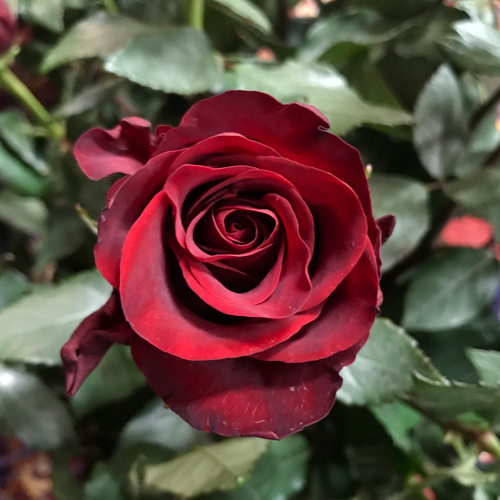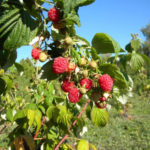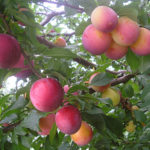Rose Explorer
The red rose is a classic of the genre. Since ancient times, she has personified an ardent and passionate feeling of love. To date, many varieties with flowers of various colors have been obtained by the method of selection, but those whose delicate petals have a hue of wine or blood still gather countless crowds of fans. The Explorer belongs to this category.
History of creation
This type of flower queen owes its appearance to the Dutch company Interplant Roses. This is a young variety: the time of its origin is 2015. It is also known as INTeronotov, which, however, is rarely used in everyday life. Explorer belongs to the group of cut roses.
Description of appearance
The explorer looks very expensive. Its dark red noble flowers are worthy of decorating luxurious mansions with interiors designed in accordance with the latest fashion trends. The combination of the elongated shape of the buds and almost burgundy close-fitting, neat velvety petals makes this flower incredibly graceful. The height of the bud varies from 4.5 to 5 cm. The color of the flowers is saturated, their petals are terry. When blooming, the middle of the flower remains invisible to prying eyes. The size of the flowers is quite impressive, from 11 to 13 cm in diameter. When fully opened, the flowers resemble a bowl. One of their many advantages is the ability to keep in shape for a long time. Graceful deep wine-colored buds appear one by one on the stem or in groups of 3-6 each. Unfortunately, they don't smell at all.

The rose bush is compact and neat. Its maximum height is 1.2 meters, but more often it barely reaches 100 cm. In width, the Explorer bush grows to 0.7 meters. Form it erect, directed vertically upward, powerful, thick shoots. Leaves with a glossy shine, painted in a dark green color, are formed on them. The shape of the bush is somewhat elongated.
The flowering of culture occurs in waves, that is, several times per season. After each such period, the plant rests. The Explorer blooms very luxuriantly, profusely, starting in spring, and much earlier than other varieties of varietal roses.
The plant is very resistant to many unpleasant surprises of the environment: heavy rains, summer heat, frost, fungal and bacterial diseases, and insect pests.
Features of cultivation and care
Explorer grows without problems in both bright areas and shaded areas. However, the best option would be to place the flower where it will be exposed to diffused sunlight. Any type of soil is suitable for cultivating the Explorer variety, but fertilizer should be applied to the planting holes. Rose seedlings are rooted to a depth of 10 cm.
The flower needs regular feeding and watering. In the spring, the plant needs organic fertilizers, during the summer season - a mineral complex, rich, first of all, in phosphorus and potassium. Watering is carried out 1-2 times a week, in hot summer even more often. The main thing is that the soil has time to dry out, since the gorgeous beauty is a zealous opponent of waterlogging of the substrate.
Several times during the growing season, the Explorer must be treated with a fungicide solution - as a preventive measure for the possible appearance of diseases. Mandatory procedure is mulching. It will not only help retain moisture in the soil under the flower, but also prevent the transfer of fungal spores to the foliage of the rose from the ground. The next day after the next watering, do not forget to loosen the soil.
To maintain the decorative appearance of the plant, pruning is recommended.Broken, diseased and dry shoots, as well as branches with damaged thorns are removed. Despite the high winter hardiness, in late autumn, the shrub should be covered with spruce branches, having previously spud it.
Use cases
Since the Explorer is a cut variety, its flowers are included in bouquets, the splendor and beauty of which is amazing. Such a floral arrangement will express passionate feelings for a loved one better than any words. The flowers of this rose can stand in a vase for more than 10 days without losing their original freshness. However, this variety is used not only in cutting - it will create a real sensation if you place an amazingly beautiful culture in your garden. It favorably emphasizes the attractiveness of group plantings, goes well with other members of the Rosaceae family.








